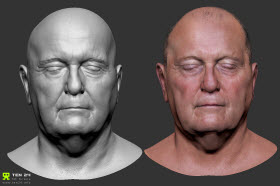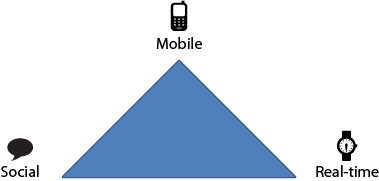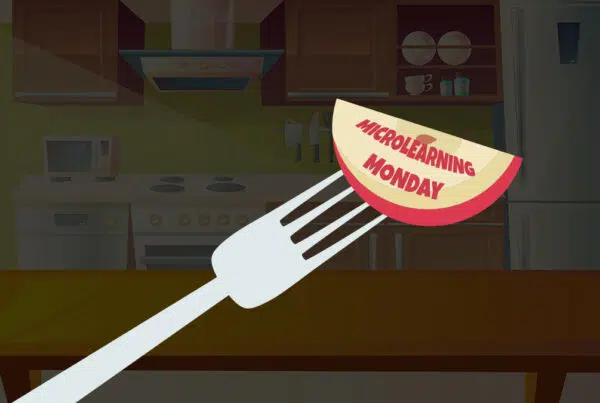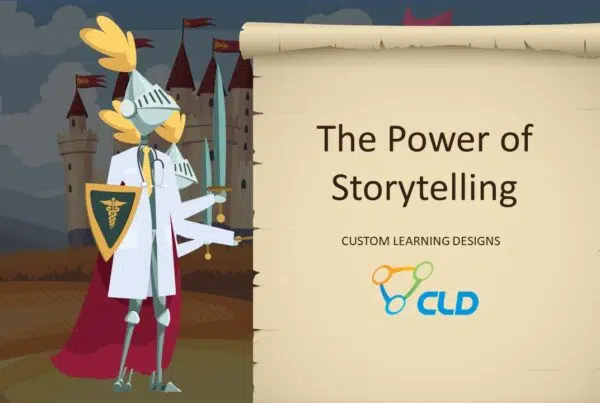At SPBT’s Medical Device & Diagnostic Trainer Summit (MDDS) this past week, Dr. David Metcalf’s keynote, titled “An Exploratory Guide to the Emerging Mobile Healthcare Market,” gave us a glimpse into emerging mobile technologies that will impact the way we train and educate others in the not-so-distant future. As the Researcher and Director for the Institute of Training at the University of Central Florida, Dr. Metcalf discussed technologies in five key areas:
- Virtual Worlds
- 3D Scanning
- 3D Printing
- Volumetric Rendering
- Augmented Reality
At first pass, these areas do not seem all that new. The difference is that Dr. Metcalf and his students are applying a unique approach to how they view and develop each of the above by sticking to this simple value creation model:
Now let’s explore some of the great examples Dr. Metcalf reviewed, starting with Virtual Worlds.
1. Virtual Worlds

So instead of a one-off experience, the learner now has a the virtual world interacting with them in the real world. Does it get any better than that?
Image Credit: http://www.metillab.com/#!medical/c23m
2. 3D Scanning

Image Credit: http://www.ten24.info
3. 3D Printing
The advances in 3D scanning are rivaled only by those made in printing. 3D printing has the potential to fill a void in training for the more tactile learners who have been stuck with basic print-or-screen based learning… until now. Why look at an image of a bacteria or virus when you could hold an enlarged, 3D-printed one in your hands? Do you want to read about a kidney when you may have the option to print one? Here is a TED Talk Dr. Metcalf mentioned on the subject:





